
Pure, Pure SE
User Guide

Pure, Pure SE
User Guide

Content
Content
2

Content
3

Your Pure hearing instrument
Your Pure hearing instrument
4

Your Pure hearing instrument
Your Hearing Care Professional offers an assortment of receiver lengths and dome sizes to ???t your ear best.
5

Intended use
Intended use
Hearing instruments are intended to improve the hearing of hearing impaired persons. Diagnosis and prescription of a hearing instrument must be performed by hearing health specialists, e.g. ENT doctors, audiologists or acous- ticians.
Read and follow the instructions of this user guide to avoid injuries or damage to the hearing instruments.
Symbols:
Be aware to information marked with the warning symbol
WARNING, CAUTION or NOTICE!
WARNING points out a situation that could lead to serious injuries, CAUTION indicates a situation that could lead to minor and moderate injuries.
NOTICE NOTICE indicates possible property damage.
Advice and tips on how to handle your device better.
Instruction. Indicates that something has to be done.
Indicates an option that not every hearing instrument has. Ask your Hearing Care Profes- sional to check off the relevant information.
6

General notes on safety
General notes on safety
NOTICE
Your hearing instruments are sensitive to extreme heat, high humidity, strong magnetic ???elds (> 0.1T),
Do not expose your hearing instruments to extreme temperature or high humidity.
Do not leave them in direct sunlight.
Do not wear them in the shower or when you apply
Do not wear your hearing instruments when you are exposed to
Do not place your hearing instruments in a microwave oven.
WARNING
Choking hazard posed by small parts.
Keep hearing instruments, batteries and acces- sories out of children???s reach.
If swallowed consult a physician or hospital im- mediately.
If infants, small children or mentally disabled persons need to wear hearing instruments ensure adequate supervision.
7

General notes on safety
WARNING
Hazard of explosion!
Do not use your hearing instruments in areas where there is a danger of explosions (e.g. min- ing).
NOTICE
Leaking batteries damage the hearing instruments. Turn the hearing instruments off when not in use to preserve the battery.
Remove batteries when the instruments are not in use for a prolonged period of time.
NOTICE
Batteries contain harmful substances that pollute the environment.
Do not throw used batteries into household trash.
Dispose batteries according to national regu- lations or return them to your Hearing Care Professional.
In some countries restrictions for the usage of wireless equipment exist.
Refer to local authorities for further information.
8

Handling of standard and rechargeable batteries
Handling of standard and rechargeable batteries
original size
Always use the right size of batteries.
Charge the rechargeable batteries before ???rst use.
Remove the tab on standard batteries only when you are ready to use them.
The positive (+) side of the batteries is always the smooth side.
Always keep spare batteries with you.
Low battery indicator
Your Hearing Care Professional can activate an acoustic signal to inform you when the battery is nearly empty. If you hear an acoustic signal or experience low ampli???ca- tion power, replace the battery.
9
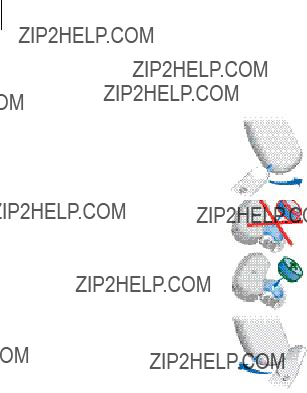
Handling of standard and rechargeable batteries
Inserting the battery
Open the battery compartment com- pletely using your ???ngernail as shown in the illustration.
Insert the proper size battery.
Make sure that the "+" symbol on the battery points up as shown in the picture
Close the battery compartment.
Do not force the door shut. If it does not close easily, check to see if the battery was inserted properly.
When the battery door is completely
closed, your hearing instrument is ready for use.
10

Handling of standard and rechargeable batteries
Removing the battery
Open the battery compartment com- pletely.
Normally the battery drops out when the compartment is completely open. If the battery does not come out, lightly tap the instrument or use the magnet stick available as accessory to remove the battery.
11

Inserting and removing your hearing instrument
Inserting and removing your hearing instrument
For side recognition ask your Hearing Care Professional to apply colored markers in the bat- tery compartment. If the marker in the battery compartment is in red, the hearing instrument is intended for the right ear. If the marker is in blue, the hearing instrument is for the left ear.
Inserting your hearing instrument
Turn your hearing instrument off.
Hold the receiver mold / dome between your thumb and index ???nger and insert it carefully into the ear canal.
You may ???nd it helpful to pull
your ear slightly upward or to the back.
Place your hearing instrument behind your ear. Turn your hearing instrument on.
Removing your hearing instrument
Hold the receiver mold / dome between your thumb and index ???nger and carefully pull it out. You may ???nd it helpful to lightly push your ear from the back.
12
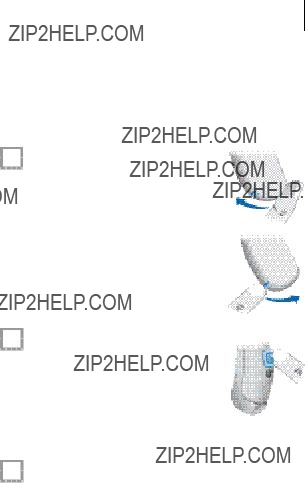
Turning your hearing instrument on and off
Turning your hearing instrument on and off
Ask your Hearing Care Professional to check off the relevant information.
Via battery compartment
On
Close the battery compartment.
Off
Open the battery compartment.
Via push button
On
Press the push button for 2 seconds.
Off (stand by)
Press the push button for 2 seconds.
Via remote control
Refer to the remote control user guide.
13

Turning your hearing instrument on and off
Your hearing instrument is equipped with a
14
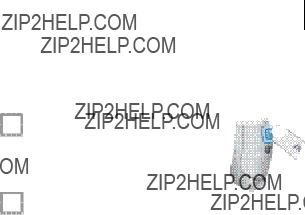
Changing the hearing program
Changing the hearing program
Via push button
Press the push button.
The hearing instrument changes to the next program.
Via remote control
Refer to the remote control user guide.
15

Changing the volume
Changing the volume
The volume of your hearing instruments is controlled automatically and there is no need to manually adjust it.
Should you prefer manual volume control, your Hearing Care Professional can program the hearing instrument for manual adjustment.
Automatic
The volume is adjusted automatically when in use.
Via remote control
Refer to the remote control user guide.
16

Functionalities
Functionalities
Your Hearing Care Professional can activate the following functionalities.
e2e wireless function
???Allows the use of a remote control.
???Automatically adjusts both hearing instruments simultaneously to change the instrument set- tings, e.g. volume or program.
The performance of the e2e wireless function may be affected by electromagnetic interference ??? e.g. from a computer monitor or ???uorescent lamp system.
Move away from the source of interference if you experience dif???culty.
17

Maintenance and care
Maintenance and care
Your hearing instruments are highly sensitive systems. Proper care and handling will ensure the best possible performance.
Clean instruments regularly to prevent damage to the hearing instruments and to avoid health problems.
NOTICE
Do not put the hearing instruments in water.
Clean your hearing instruments with a soft, dry tissue, as necessary.
If the hearing instruments sound distorted or weak ask your Hearing Care Professional to exchange the micro- phone cover.
Place your hearing instruments in a "dry aid kit" with a special
Ask your Hearing Care Professional for special care sets and further information on how to keep your hearing instruments in good condition.
18
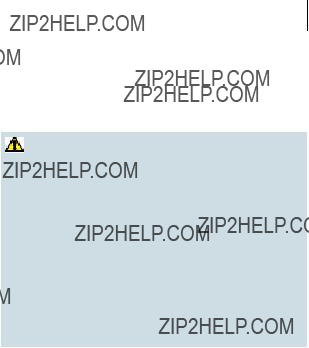
Maintenance and care
Domes and receiver molds
CAUTION
Risk of injury caused by incorrect use of receiver unit and domes/receiver molds.
Always wear the receiver unit with a dome or receiver mold.
Make sure that the dome/receiver mold is com- pletely attached to the receiver unit.
If the dome/receiver mold remains in your ear, have it removed by a medical professional. Insert the receiver unit with the dome/receiver mold carefully and not too deeply into the ear. Use the receiver unit and the dome/receiver mold only as described in this user guide.
19
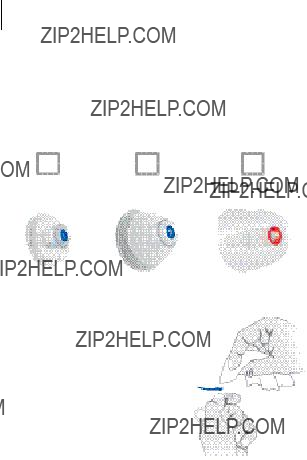
Maintenance and care
Your hearing instruments have one of the following ear pieces:
Cleaning domes and receiver molds
Cerumen (ear wax) on the dome/ receiver mold affects sound quality.
Clean domes/ receiver molds right after taking the hearing instruments off.
This way, cerumen can not dry and harden.
Remove cerumen with a soft tis- sue. No other tools are required. To remove dried cerumen, moisten the soft tissue with a
cerumen solvent. Dab the cerumen with the moistened tissue and wait a short period of time.
This will loosen the cerumen.
20

Maintenance and care
Exchanging domes
The packaging of your dome has a slot on one side to remove the dome from the receiver.
Insert the receiver into the slot of the dome packaging.
Hold the dome tight while tilting the receiver towards the packag- ing (refer to the picture).
Click the tip of the receiver unit into a new dome.
21
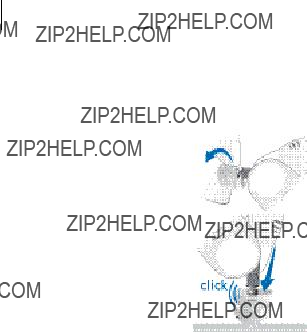
Maintenance and care
Exchanging double domes
Remove the used double dome from the receiver. Tilt the double dome to get it off the receiver.
Click the tip of the receiver unit into a new double dome.
Exchanging receiver molds
Ask your Hearing Care Professional for assistance.
Wax guards
A wax guard prevents earwax from entering the receiver. Different wax guards are available for your receiver mold.
Ask your Hearing Care Professional for assistance.
22

Maintenance and care
Exchanging the receiver unit
The receiver unit can be changed as needed by your Hearing Care Professional. If you need to replace the receiver unit by yourself follow these directions carefully.
Turn receiver unit 45?? counterclock- wise.
Remove receiver unit.
Join hearing instrument and receiver unit together.
Marks need to coincide.
Turn receiver unit 45?? clockwise.
23

Accessories
Accessories
Charger
(not for all hearing instrument types)
Your hearing instruments work with standard or rechargeable bat- teries. With the
For detailed information and instructions refer to the charger user guide or ask your Hearing Care Professional.
24

Accessories
Tek wireless enhancement
(not for all hearing instrument types)
Your hearing instruments together with the Tek Connect remote control will allow you to connect your hear- ing instruments to the growing world of technology. Via a special Bluetooth connection it is possible to receive audio signals from your mobile, your television or your
For detailed information and instruc- tions refer to the Tek user guide or ask your Hearing Care Professional.
25
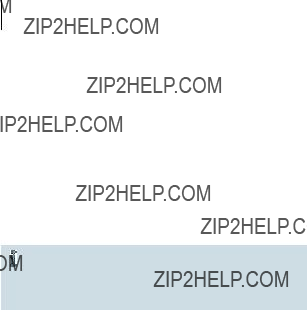
Accessories
Remote control
(not for all hearing instrument types)
The wireless function of your hearing instruments allows you to use a remote control to change the program and volume of your hearing instruments.
For further information about the remote control, contact your Hearing Care Professional or refer to the remote control user guide.
In the event your hearing instruments can be controlled by another person's remote control, return hearing instruments and remote control to your Hearing Care Professional.
26

Troubleshooting
Troubleshooting
Consult your Hearing Care Professional if you encounter further problems.
27

Technical information
Technical information
Siemens Pure 700, Pure 500, Pure 300
Siemens Pure 701, Pure 501, Pure 301
Siemens Pure SE 701, Pure SE 501
FCC ID:
IC:
Operating frequencies: Fc=3.28 MHz
 N14203
N14203
This Class B digital apparatus complies with Canadian
Changes or modi???cations not expressly approved by SAT GmbH for compliance could void the users authority to operate the equipment.
FCC compliance
This device complies with Part 15 of the FCC Rules and with
Operation is subject to the following conditions:
???this device may not cause harmful interference, and
???this device must accept any interference received, including interference that may cause undesired opera- tion.
This equipment has been tested and found to comply with the limits for a Class B digital device, pursuant to Part 15 of the FCC Rules. These limits are designed to provide rea- sonable protection against harmful interference in a resi-
28

Technical information
dential installation. This equipment generates, uses and can radiate radio frequency energy and, if not installed and used in accordance with the instructions, may cause harmful interference to radio communications. However, there is no guarantee that interference will not occur in a particular installation. If this equipment does cause harm- ful interference to radio or television reception, which can be determined by turning the equipment off and on, the user is encouraged to try to correct the interference by one or more of the following measures:
???Reorient or relocate the receiving antenna.
???Increase the separation between the equipment and receiver.
???Connect the equipment to an outlet on a circuit differ- ent from that to which the receiver is connected.
???Consult the dealer or an experienced radio/TV techni- cian for help.
29
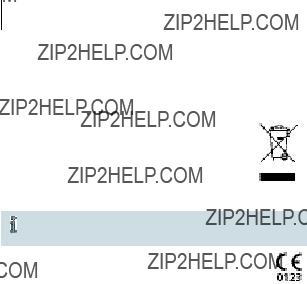
Disposal information
Disposal information
Within the European Union, the marked equip- ment is covered by "Directive 2002/96/EC of the European Paliament and of the Council
of 27 January 2003 on waste electrical and electronical equipment."
Amended by "Directive 2003/108/EC" (WEEE).
Recycle hearing instruments, batteries and ac- cessories according to national regulations.
With the CE marking Siemens con???rms compliance with the European Directive 93/42/EEC concerning medical devices.
For the products with e2e wireless 2.0 Siemens addition- ally con???rms compliance with the European Directive 99/5/EC (R&TTE) concerning radio and telecommunica- tions terminal equipment.
30
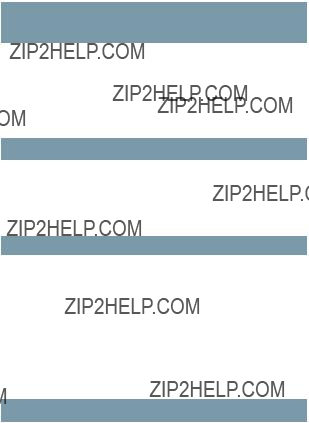
31

?? Siemens AG, 02.2010 ?? SB
Document No.
Order/Item No. 104 172 08
Printed in Germany
Siemens Audiologische Technik GmbH
Gebbertstrasse 125
91058 Erlangen
Germany
Phone +49 9131 308 0
www.siemens.com/hearing